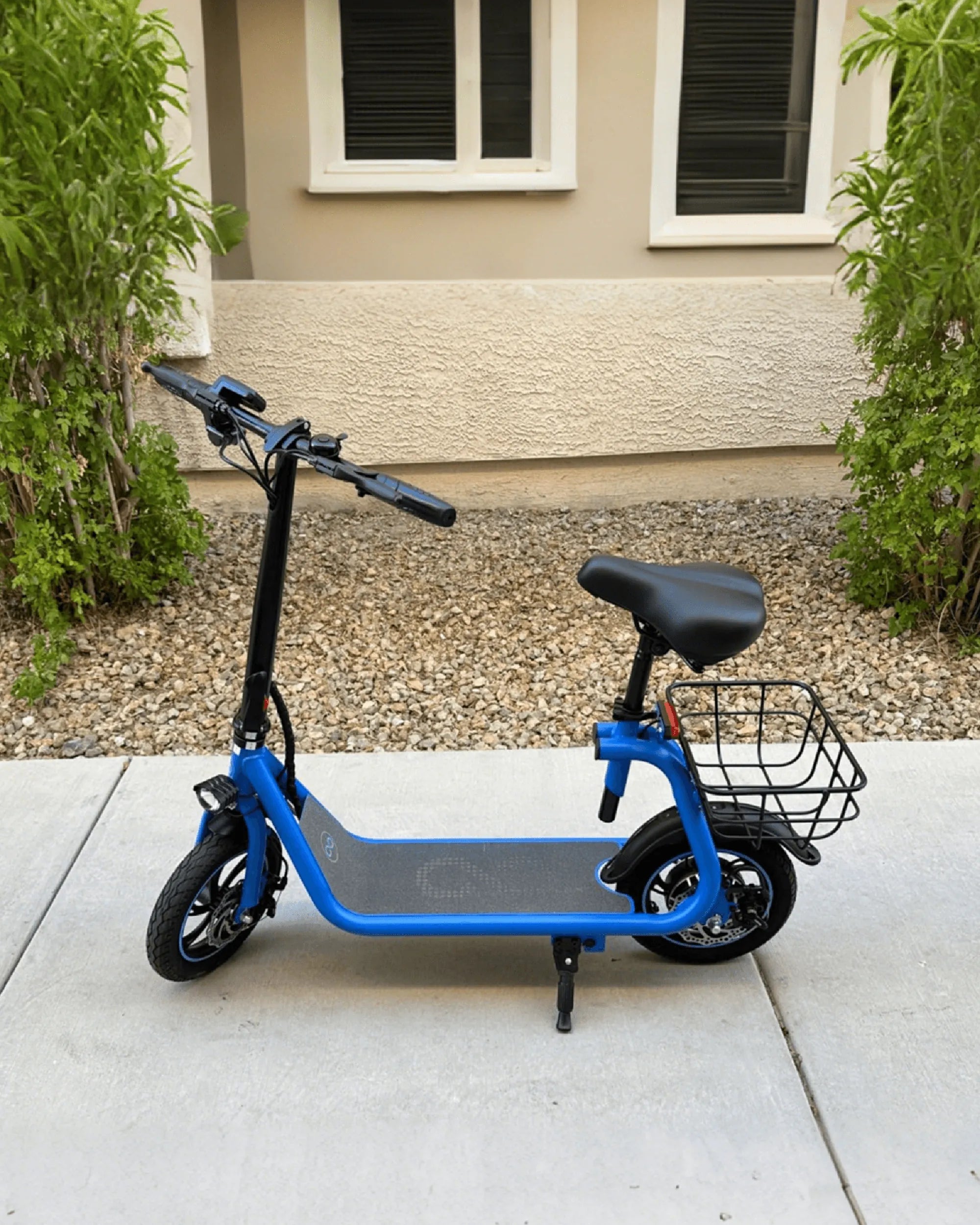Ever wondered why some electric scooters zip past you while others crawl along? The answer lies in a combination of engineering, design, and cutting-edge technology. Let’s dive into the science behind what makes electric scooters fast and how these factors come together to deliver exhilarating rides.
Motor Power and Performance
The heart of any electric scooter is its motor, and power output plays a pivotal role in determining speed. Higher wattage motors generate more torque, allowing the scooter to accelerate quickly and maintain higher speeds. For instance, a 500W motor can typically reach speeds of 15-20 mph, while a 1000W motor can push the scooter to 25-30 mph or more. The type of motor—whether hub-mounted or chain-driven—also influences efficiency and speed.
Battery Capacity and Voltage
Speed isn’t just about the motor; the battery is equally critical. A higher voltage battery (e.g., 48V or 52V) delivers more power to the motor, enabling faster acceleration and top speeds. Battery capacity, measured in amp-hours (Ah), determines how long the scooter can sustain high speeds. Lithium-ion batteries are preferred for their high energy density and ability to discharge power rapidly, which is essential for maintaining speed.
Weight and Aerodynamics
A lighter scooter requires less energy to move, allowing it to accelerate faster and reach higher speeds. Materials like aluminum and carbon fiber are often used to reduce weight without sacrificing durability. Aerodynamics also plays a role—scooters with streamlined designs experience less wind resistance, enabling them to cut through the air more efficiently.
Tire Type and Size
Tires impact speed in multiple ways. Larger wheels cover more ground per rotation, while pneumatic (air-filled) tires provide better traction and shock absorption, allowing the scooter to maintain speed on uneven terrain. Solid tires, though low-maintenance, can slow the scooter down due to increased rolling resistance.
Electronic Speed Controllers (ESC)
The ESC acts as the brain of the scooter, regulating power flow from the battery to the motor. Advanced ESCs optimize performance by adjusting power delivery based on riding conditions, ensuring smooth acceleration and consistent speed. Some scooters even feature customizable settings to tweak speed limits and acceleration profiles.
Rider Weight and Terrain
While not a design feature, rider weight significantly affects speed. Heavier riders may experience slower acceleration and reduced top speeds due to increased load on the motor. Similarly, uphill climbs or rough terrain can sap speed, while flat, smooth surfaces allow the scooter to perform at its peak.
Regenerative Braking
Some high-end scooters use regenerative braking to recapture energy during deceleration. While this feature primarily extends battery life, it can also help maintain speed by reducing energy waste. However, aggressive regenerative braking can sometimes slow the scooter prematurely.
Software and Firmware Tweaks
Manufacturers often use software to limit speed for safety or regulatory reasons. However, some scooters allow firmware updates or manual adjustments to unlock higher speeds. Always check local laws before modifying your scooter’s speed settings.
From powerful motors to sleek designs, the speed of an electric scooter is the result of meticulous engineering and smart technology. Whether you’re a speed enthusiast or a casual rider, understanding these factors can help you choose the perfect scooter for your needs. Ready to feel the wind in your hair? The right electric scooter can take you there—fast.

Share:
Electric Powered Scooters for Adults: The Ultimate Urban Commuting Solution
What Are the Top Rated Electric Scooters: A Comprehensive Guide